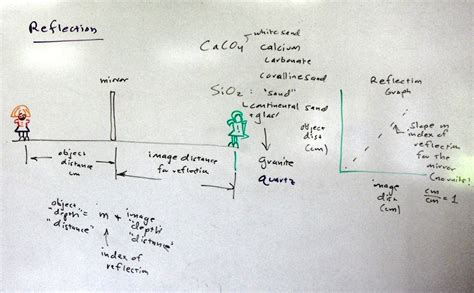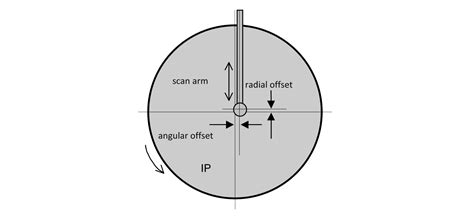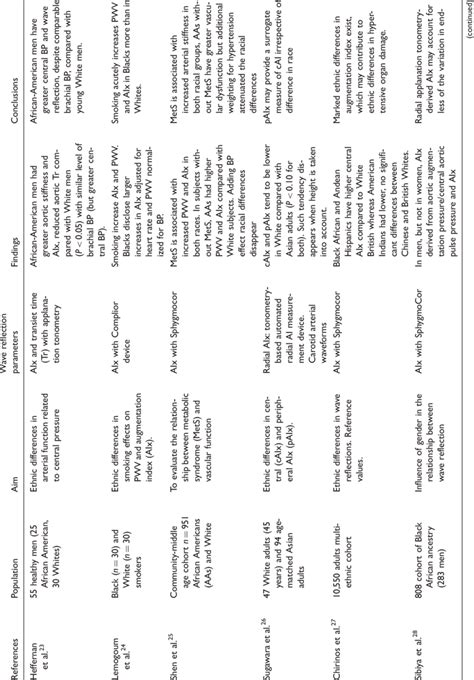Introduction to Reflection Parameters
In the world of electrical engineering, particularly in the field of radio frequency (RF) and microwave engineering, understanding reflection parameters is crucial for designing, analyzing, and optimizing various systems and components. Three commonly used reflection parameters are S11, return loss, and reflection coefficient. While these terms are often used interchangeably, they have distinct definitions and relationships. In this article, we will explore these reflection parameters in detail, understand their similarities and differences, and discuss when they can be considered the same.
What is S11?
S11 is a scattering parameter (S-parameter) that represents the input port voltage reflection coefficient of a two-port network. It is a complex number that describes the ratio of the reflected voltage wave to the incident voltage wave at the input port of a network, when the output port is terminated with a matched load. S11 is typically expressed in decibels (dB) and is frequency-dependent.
The mathematical definition of S11 is:
S11 = b1 / a1
where:
– b1 is the reflected voltage wave at the input port
– a1 is the incident voltage wave at the input port
What is Return Loss?
Return loss (RL) is a measure of the power reflected from a discontinuity in a transmission line or a device, relative to the power incident on that discontinuity. It is typically expressed in decibels (dB) and is a positive quantity. A higher return loss indicates better impedance matching and less reflection, while a lower return loss suggests poor impedance matching and more reflection.
The mathematical definition of return loss is:
RL = -20 * log10(|Γ|)
where:
– Γ is the reflection coefficient (magnitude)
What is Reflection Coefficient?
Reflection coefficient (Γ) is a complex number that represents the ratio of the reflected voltage wave to the incident voltage wave at a particular point in a transmission line or a device. It is a measure of the impedance mismatch between the characteristic impedance of the transmission line and the load impedance. The reflection coefficient can be expressed in terms of magnitude and phase, or as a complex number with real and imaginary parts.
The mathematical definition of reflection coefficient is:
Γ = (ZL – Z0) / (ZL + Z0)
where:
– ZL is the load impedance
– Z0 is the characteristic impedance of the transmission line
Relationship between S11, Return Loss, and Reflection Coefficient
Now that we have defined S11, return loss, and reflection coefficient, let’s explore their relationships and when they can be considered the same.
S11 and Reflection Coefficient
S11 and reflection coefficient are directly related, as S11 is the input port voltage reflection coefficient of a two-port network. In other words, S11 is the reflection coefficient at the input port of a network when the output port is terminated with a matched load.
Mathematically, the relationship between S11 and reflection coefficient is:
S11 = Γ
This means that S11 and reflection coefficient are numerically equal when considering the input port of a two-port network with a matched load at the output port.
Return Loss and Reflection Coefficient
Return loss and reflection coefficient are also directly related, as return loss is derived from the magnitude of the reflection coefficient. The relationship between return loss and reflection coefficient is given by the following equation:
RL = -20 * log10(|Γ|)
This equation shows that return loss is the negative of 20 times the logarithm (base 10) of the magnitude of the reflection coefficient. In other words, return loss is a logarithmic expression of the magnitude of the reflection coefficient.
S11 and Return Loss
Since S11 and reflection coefficient are numerically equal (when considering the input port of a two-port network with a matched load at the output port), and return loss is derived from the magnitude of the reflection coefficient, we can establish a relationship between S11 and return loss.
The relationship between S11 and return loss is:
RL = -20 * log10(|S11|)
This equation shows that return loss can be calculated from the magnitude of S11, similar to how it is calculated from the magnitude of the reflection coefficient.

When are S11, Return Loss, and Reflection Coefficient the Same?
Now that we have established the relationships between S11, return loss, and reflection coefficient, let’s discuss when these parameters can be considered the same.
Case 1: Matched Load at Output Port
When considering a two-port network with a matched load at the output port, S11 and reflection coefficient are numerically equal. In this case, S11 represents the input port voltage reflection coefficient, which is the same as the reflection coefficient at the input port.
Mathematically:
S11 = Γ (when the output port is terminated with a matched load)
Case 2: Expressing Return Loss in Terms of S11 or Reflection Coefficient
Return loss can be expressed in terms of either S11 or reflection coefficient, using the following equations:
RL = -20 * log10(|S11|)
RL = -20 * log10(|Γ|)
In both cases, return loss is calculated from the magnitude of S11 or reflection coefficient, respectively. This means that when expressing return loss, it can be derived from either S11 or reflection coefficient, making them interchangeable in this context.

Practical Applications of Reflection Parameters
Understanding and utilizing reflection parameters is essential in various aspects of electrical engineering, particularly in RF and microwave engineering. Some practical applications include:
-
Impedance Matching: Reflection parameters help engineers design and optimize impedance matching networks to minimize reflections and ensure maximum power transfer between components.
-
Filter Design: S-parameters, including S11, are used in the design and analysis of filters to determine their frequency response, bandwidth, and overall performance.
-
Antenna Design: Reflection coefficients are crucial in antenna design to ensure proper impedance matching between the antenna and the feed line, maximizing radiation efficiency and minimizing reflections.
-
System Characterization: S-parameters, including S11, are used to characterize the performance of RF and microwave components, such as amplifiers, mixers, and switches, enabling engineers to optimize system design and performance.

Frequently Asked Questions (FAQ)
1. What is the difference between S11 and reflection coefficient?
S11 is the input port voltage reflection coefficient of a two-port network when the output port is terminated with a matched load. Reflection coefficient, on the other hand, is a general term that represents the ratio of the reflected voltage wave to the incident voltage wave at any point in a transmission line or device. When considering the input port of a two-port network with a matched load at the output port, S11 and reflection coefficient are numerically equal.
2. How is return loss related to reflection coefficient?
Return loss is derived from the magnitude of the reflection coefficient using the following equation:
RL = -20 * log10(|Γ|)
Return loss is a logarithmic expression of the magnitude of the reflection coefficient and is typically expressed in decibels (dB).
3. Can S11 be expressed in terms of return loss?
Yes, S11 can be expressed in terms of return loss using the following equation:
RL = -20 * log10(|S11|)
This equation shows that return loss can be calculated from the magnitude of S11, similar to how it is calculated from the magnitude of the reflection coefficient.
4. What is a good return loss value?
A good return loss value depends on the specific application and design requirements. In general, a higher return loss indicates better impedance matching and less reflection. For most RF and microwave applications, a return loss of 10 dB or higher is considered acceptable, which corresponds to a voltage reflection coefficient magnitude of approximately 0.316 or less.
5. Why are reflection parameters important in RF and microwave engineering?
Reflection parameters, such as S11, return loss, and reflection coefficient, are essential in RF and microwave engineering for several reasons:
- They help engineers assess the impedance matching between components, ensuring maximum power transfer and minimizing reflections.
- They are used in the design and analysis of various components, such as filters, amplifiers, and antennas, to optimize performance and minimize signal distortion.
- They enable engineers to characterize the performance of RF and microwave systems, identify potential issues, and optimize overall system design.
Conclusion
In conclusion, S11, return loss, and reflection coefficient are three essential reflection parameters in electrical engineering, particularly in the field of RF and microwave engineering. While these terms are often used interchangeably, they have distinct definitions and relationships. S11 represents the input port voltage reflection coefficient of a two-port network, return loss is a logarithmic expression of the magnitude of the reflection coefficient, and reflection coefficient is a general term that represents the ratio of the reflected voltage wave to the incident voltage wave.
Understanding the relationships between these parameters and when they can be considered the same is crucial for engineers working with RF and microwave systems. S11 and reflection coefficient are numerically equal when considering the input port of a two-port network with a matched load at the output port, and return loss can be expressed in terms of either S11 or reflection coefficient.
Reflection parameters have numerous practical applications, including impedance matching, filter design, antenna design, and system characterization. By utilizing these parameters effectively, engineers can optimize the performance of RF and microwave components and systems, ensuring reliable and efficient operation.
As the field of electrical engineering continues to advance, a solid understanding of reflection parameters will remain essential for engineers working with RF and microwave technologies. By mastering the concepts of S11, return loss, and reflection coefficient, engineers can design, analyze, and optimize systems with greater precision and confidence, ultimately contributing to the development of more advanced and efficient electrical systems.

No responses yet